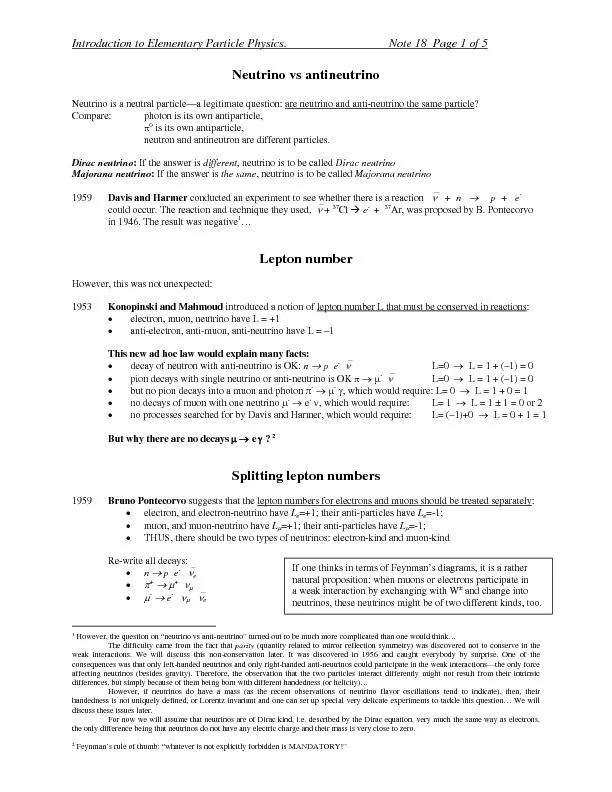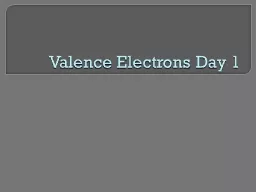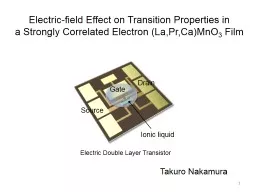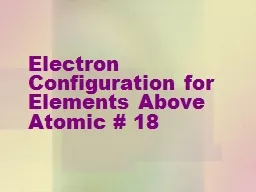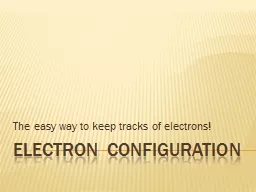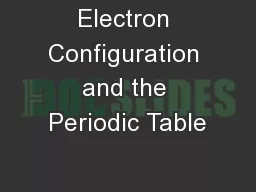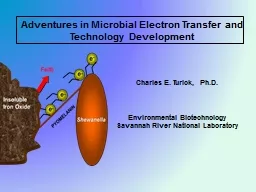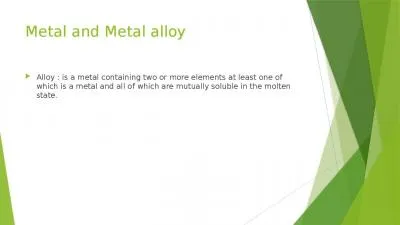PDF-The Electron Configuration of Transition-Metal IonsThe relationship be
Author : debby-jeon | Published Date : 2016-07-02
2 1 What Should a Bonding Theory ExplainiColoursof Transition Metal ComplexesWhy are most transition metal complexes brightly colored but some arent Why do the colors
Presentation Embed Code
Download Presentation
Download Presentation The PPT/PDF document "The Electron Configuration of Transition..." is the property of its rightful owner. Permission is granted to download and print the materials on this website for personal, non-commercial use only, and to display it on your personal computer provided you do not modify the materials and that you retain all copyright notices contained in the materials. By downloading content from our website, you accept the terms of this agreement.
The Electron Configuration of Transition-Metal IonsThe relationship be: Transcript
Download Rules Of Document
"The Electron Configuration of Transition-Metal IonsThe relationship be"The content belongs to its owner. You may download and print it for personal use, without modification, and keep all copyright notices. By downloading, you agree to these terms.
Related Documents



